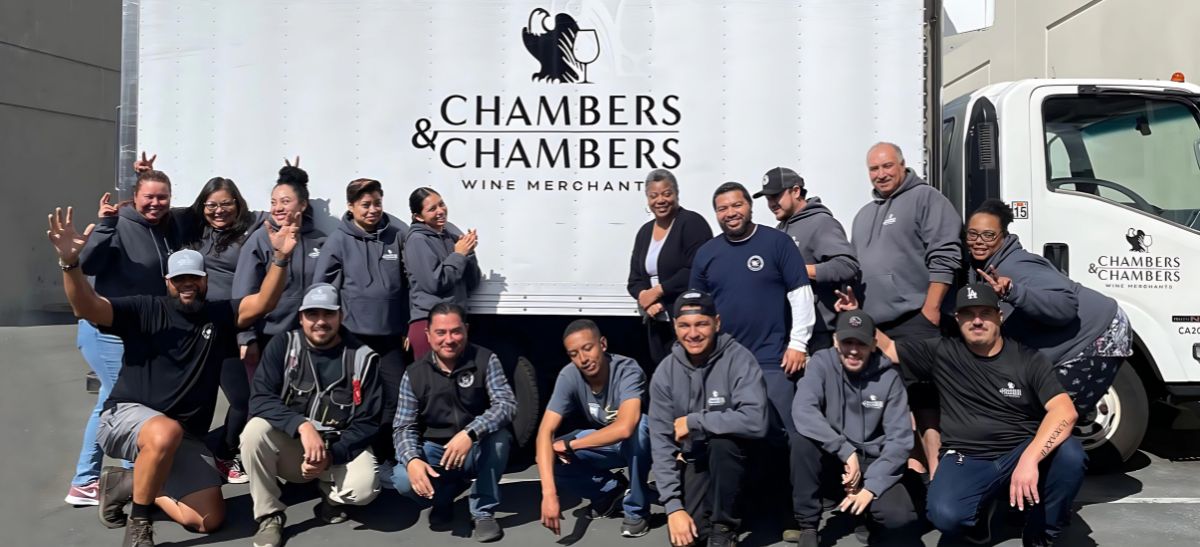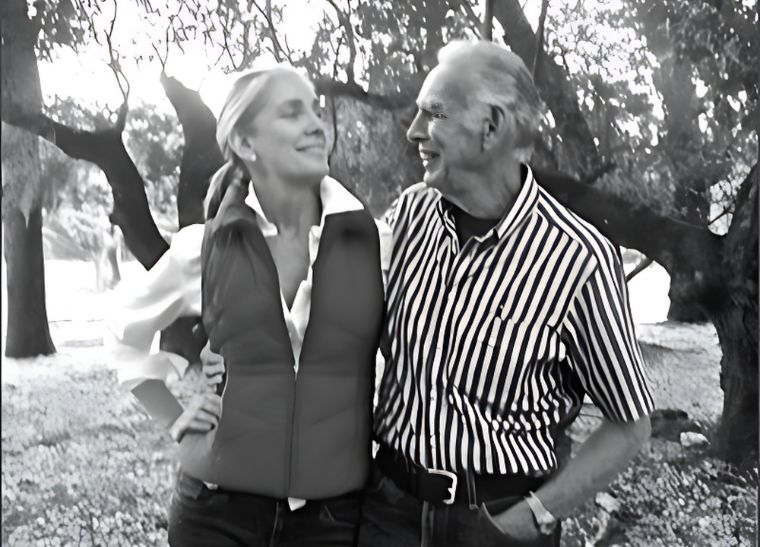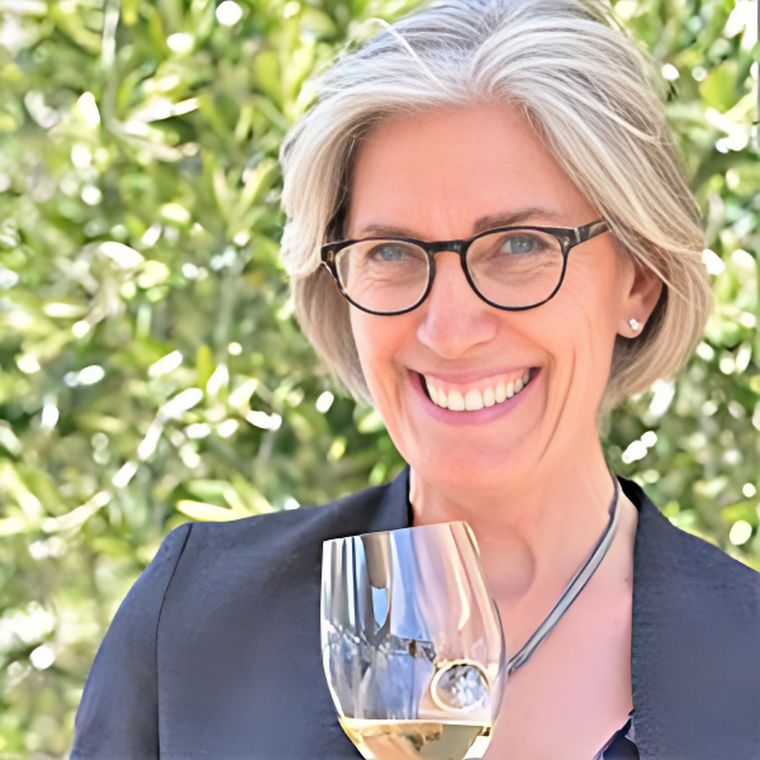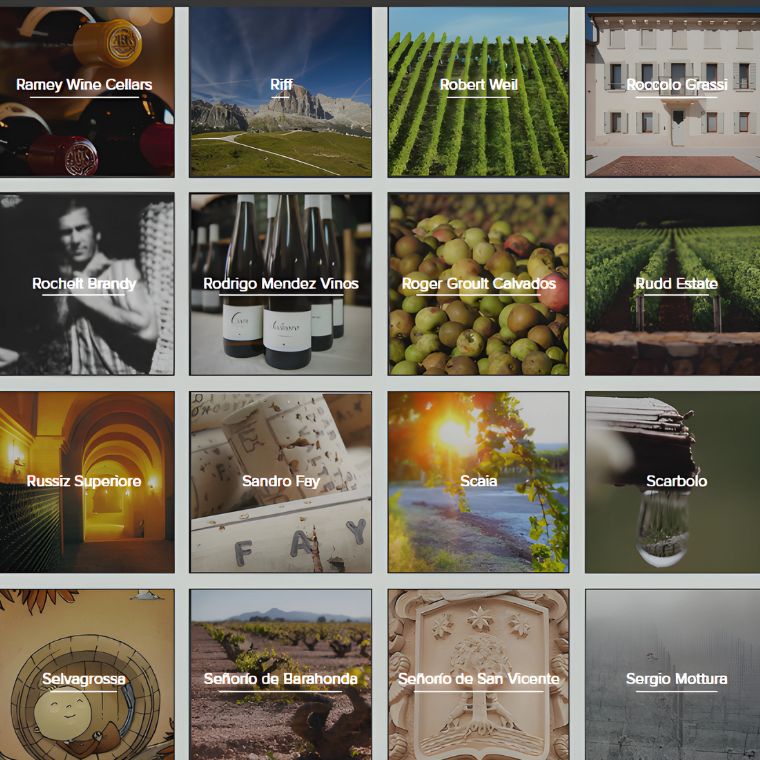Early Bird
Deadline
January 31, 2026
Judging
Date
May 18, 2026
Winners
Announced
June 10, 2026

Chambers & Chambers Wine Merchants, established in 1973, initially began as a small family operation, with Jack and Suzanne Chambers taking on various roles including purchasing, selling, and delivering wines from France. Over time, their dedication and hard work led the company to represent esteemed estates in Burgundy, expanding its portfolio to include fine wines from California, the Pacific Northwest, and other regions worldwide. In 1979, the company diversified by distributing select California wines and expanding into the Hawaii market, driven by Jack's realization of the untapped potential for quality wines on the islands during his tenure as an airline pilot.

Image: Jack and Suzanne Chambers; source: Chambers and Chambers
By 2017, Chambers and Chambers were participating in important wine industry events, like a meeting of the OIV marketing program. John Collins, CEO of GreatVines, made a bold assertion regarding the attention wine companies then received from distributors, emphasizing the dominance of spirits companies such as Diageo over wine companies in distributor priorities. He compared the significance of Diageo to that of Jupiter in comparison to Gallo, the largest wine company, which he likened to Neptune. He stated that if Gallo holds little importance to major distributors like Southern Glazer's, then no wine company does. This sentiment reflected a prevailing industry perception that spirits companies overshadow wine producers in distributor focus and profitability considerations.
In contrast, the Director of Sales and Marketing for Chambers and Chambers presented a more nuanced perspective. He cautioned against expecting large distributors to actively promote wines from small wineries, highlighting the challenges faced by sales personnel driven by sales quotas and incentives. Walker tempered expectations regarding the capabilities of distributors like Chambers and Chambers, acknowledging the overwhelming volume of communication they receive and the limited time available to pitch wines to potential buyers. Despite these challenges, he stressed the importance of delivering a compelling narrative within a brief timeframe when presenting wines to retailers and restaurants, underscoring the ongoing efforts of distributors like Chambers and Chambers to navigate the complex dynamics of the wine market. This perspective is a longstanding characteristic of Chambers and Chambers.
In 1993, Suzanne Chambers assumed the role of president, overseeing the company's growth to approximately 115 staff members and its expansion into distributing fine wines across California and Hawaii. Today, Chambers & Chambers boasts a diverse portfolio of over 290 wineries spanning 15 countries, representing both old-world and new-world wines targeting the mid to upper-end of the California market. With a focus on hand-selling high-quality wines and maintaining broad-based distribution, the company's sales strategy prioritizes serving the needs of suppliers/partners at both the brand and individual product levels, with a balanced approach between on-premise and off-premise sales channels.
The portfolio is impressive. Wine producers include Alain Graillot, Bodegas Alvear, Muga, Bonny Doon, Château Daviaud, Dr. Loosen, Tenuta Capfaro, and Weinbau Paetra. And that is just a taste.

Image: Suzanne Chambers
CEO Suzanne Chambers kindly answered a few questions. This interview is full of insights about the current condition of the wine industry, consolidation, women in the industry, and the vital relationship between wine producers, importers, and the on-trade.
It was my father’s passion for wine and his dream was to represent a selection of remarkable wineries tell their stories and slowly become a $1 million company. We founded the company with a 10K loan and interest rates were 17% in the early 1980’s.
My dad was an airline pilot, I worked 3 jobs on the weekends, and my mom did the books. It took us ten years to achieve our first million and we’ve grown quite a lot since then.
I believe we’ve stayed true to our founding goals and we represent a world-class portfolio of wineries. That said, looking back it was the beginning of the California wine business and in the 1970’s Burgundy didn’t have the following it does now.
We slowly brought on a small selection of family-owned best-of-class producers from France and as we grew, so did the California wine industry. We grew our portfolio with family-owned and operated wineries and still work this way.
I became president in 1993 as my father retired and my daughter Savannah Chambers Turley has joined Chambers and is committed to the values and vision the company was founded on.
Sometimes, yes. The wine business was very much a man’s world. Honestly, I was one of only a few women in the business in the early 1970’s. I was 19 and knew little about business or wine. Luckily, a great many men took me under their wing and mentored me. Sure, nude women were hanging on the wall where we tasted wine, and remarks were made, although there were a lot of real gentlemen along the way.
Top of the class.
I expect that if we represent a winery, we need to do what we committed to doing. That’s an expectation for the entire company. It’s not easy with a portfolio the size of ours.
Yes.
Critical. Before the pandemic 70% of our sales were in restaurants. Now we are about 55% restaurants and 45% retail.
[[relatedPurchasesItems-61]]
There is a lot of uncertainty at the moment.
Yes, and I have no idea how it will turn out. I know a few companies are launching a Bitcoin type of company.
Yes, wineries are desperate as a result of consolidation. They are in huge distributor books, and they feel lost in the book, with little attention being paid to them.
Probably, and either I'm the dumbest person in the room or the smartest. California is a huge state and Hawaii is hugely about relationships. In California, we are in the middle of several exceptional wine regions, and the wineries we represent in these regions still believe telling their authentic stories is important. We believe the same. We believe the wine business is a people business and the relationships with our wineries and customers are the foundation to our success.

Image: Chambers and Chamber Wine Merchants Boasts an Impressive Portfolio of Wine Producers; Source: Chambers and Chambers
We employ a remarkable team of salespeople, managers, portfolio managers, and operations. I feel a bit overwhelmed with opportunities we can’t take on, as it’s a balance in how many wineries we can do the job for.
Global warming; cost of doing business, production of wine and competition; less wine being consumed; and the anti-alcohol movement.
Enter your Wines now and get in front of top Sommeliers, Wine Directors, and On-Premise Wine Buyers of USA.
